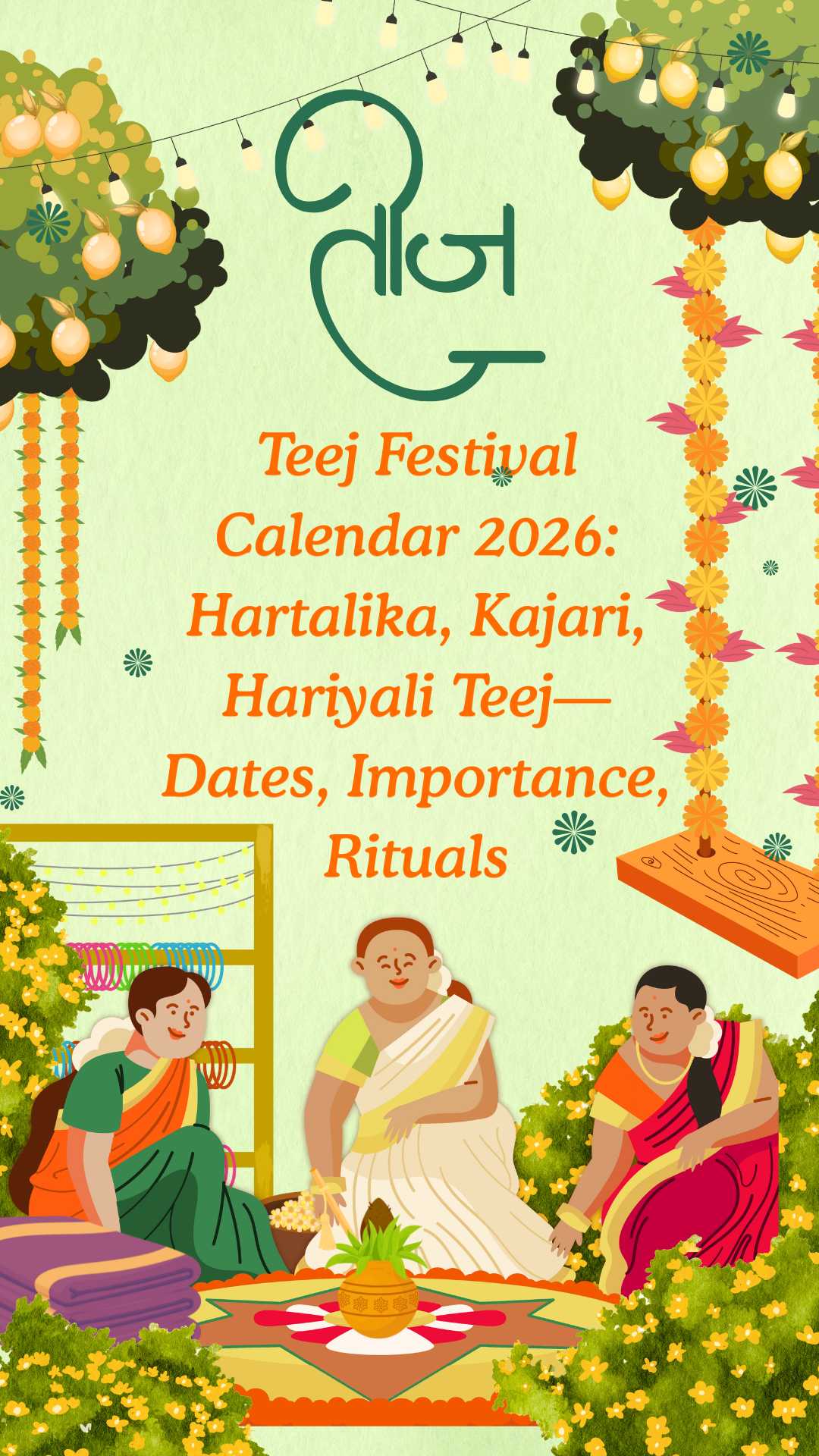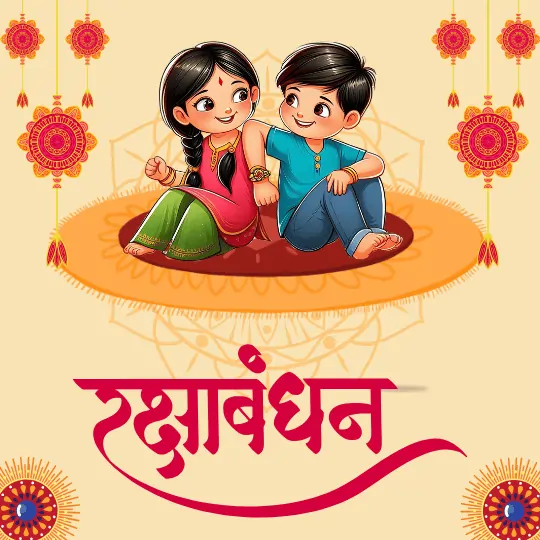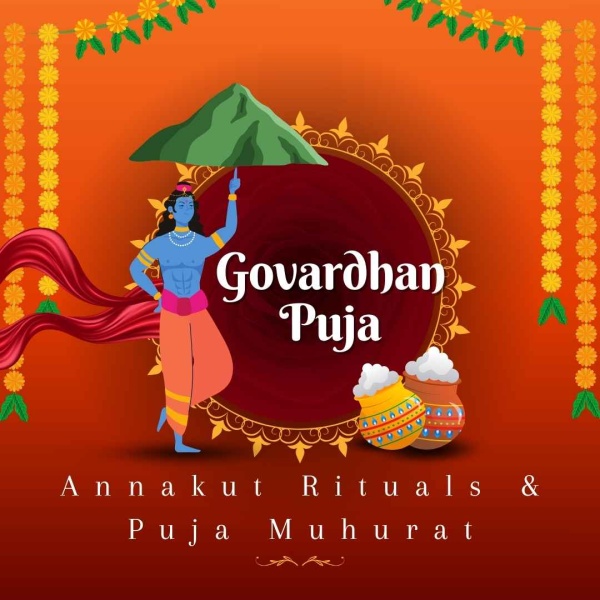Introduction
Teej remains a beloved festival across India and Nepal, deeply rooted in the devotion of Goddess Parvati toward Lord Shiva. It celebrates marital bliss, devotion, and the monsoon’s arrival. Women dress in traditional attire, fast, apply mehendi, sing folk songs, and partake in rituals reflecting cultural unity and spiritual devotion.
1. Hariyali Teej 2026 – The Festival of Greenery
- Date: Saturday, 15 August 2026
- Season: Celebrated during the lush monsoon arrival—known as “Hariyali” (greenery).
- Rituals & Traditions:
- Women wear green attire like sarees or lehengas and adorn themselves with mehendi and swings decorated with flowers.
- Married women visit parental homes, exchange sweets and blessings, and worship Lord Shiva and Parvati with offerings of flowers and fruits.
- Women wear green attire like sarees or lehengas and adorn themselves with mehendi and swings decorated with flowers.
- Significance:
- Symbolizes fertility, nature’s abundance, and marital joy.
- Often involved in Sindhara—gifts from in-laws to daughters-in-law, such as clothes, jewelry, and sweets.
- Sri cultural expressions include folk songs, dances, and swings in rural contexts.
- Symbolizes fertility, nature’s abundance, and marital joy.
2. Kajari Teej 2026 – The Festival of Songs and Devotion
- Date: Monday, 31 August 2026
- Rituals & Traditions:
- A strict fast (often nirjala) is observed.
- Celebrated with devotional Kajari songs, especially in UP, Bihar, and MP.
- Women worship Neem trees or the Moon, perform ritual offerings, and later break their fast after prayer.
- In regions like Bundi, Rajasthan, grand fairs and processions accompany the festival.
- A strict fast (often nirjala) is observed.
- Significance:
- Prayed for marital well-being; unmarried women seek blessings for a loving partner.
- Offers a blend of devotion, cultural heritage, and emotional expression.
- Prayed for marital well-being; unmarried women seek blessings for a loving partner.
3. Hartalika Teej 2026 – The Most Sacred Teej
- Date: Monday, 14 September 2026
- Mythological Background:
- Marks when Parvati’s friend abducted her (“hartalika”) to prevent a Vishnu marriage, allowing her to win Lord Shiva after intense penance.
- Marks when Parvati’s friend abducted her (“hartalika”) to prevent a Vishnu marriage, allowing her to win Lord Shiva after intense penance.
- Rituals & Traditions:
- Women keep a nirjala fast, worship clay or sand idols of Shiva and Parvati, sing devotional songs, and stay awake in vigil.
- In the early morning, perform an aarti and the symbols of marriage; the fast is broken the next day with rituals.
- Women keep a nirjala fast, worship clay or sand idols of Shiva and Parvati, sing devotional songs, and stay awake in vigil.
- Significance:
- Believed to bestow marital bliss, harmony, and spiritual blessings for both married and unmarried women.
- Believed to bestow marital bliss, harmony, and spiritual blessings for both married and unmarried women.
General Rituals Across All Teej Festivals
- Before the Fast:
- Eat light vegetarian meals.
- Apply mehendi, prepare puja items, and plan attire (green for Hariyali, red or vibrant shades for others).
- Eat light vegetarian meals.
- During the Fast:
- Many observe a strict fast (nirjala), though lighter options are acceptable for health or personal reasons.
- Engage in devotional singing, prayers, and social gatherings with women.
- Offerings typically include sweets, fruits, sindoor, bangles, and clothes.
- Many observe a strict fast (nirjala), though lighter options are acceptable for health or personal reasons.
- Breaking the Fast:
- Usually done after moonrise or evening puja.
- Break with water and fruits before regular meals.
- Usually done after moonrise or evening puja.
Benefits of Observing the Teej Fast
- Spiritual:
- Cultivates devotion, discipline, mindfulness, and inner peace.
- Cultivates devotion, discipline, mindfulness, and inner peace.
- Emotional:
- Strengthens marital bonds and builds camaraderie among participating women.
- Strengthens marital bonds and builds camaraderie among participating women.
- Physical:
- Gives the digestive system a rest.
- Encourages mindful eating and enhances mental clarity.
- Gives the digestive system a rest.
Want to know more about Festivals and Vrata Guides
Do’s and Don’ts During Teej
✅ Do’s:
- Eat light and nutritious food before fasting.
- Prepare puja items and attire in advance.
- Respect your physical limits; stay hydrated before fasting.
- Dress in traditional colors—green for Hariyali, red or festive hues for others; apply mehendi.
- Engage in devotional singing, rituals, and mindful fasting.
- Break the fast gently with water and fruits first.
❌ Don’ts:
- Avoid overexertion—fasting doesn’t mean exhaustion.
- Don’t consume oily or spicy food immediately after fasting.
- Maintain calm and positivity—avoid negative emotions.
- Pregnant or unwell women should opt for lighter or symbolic fasts for safety.
Regional and Cultural Variations
- Rajasthan: Grand processions, swings, and Sindhara gifting.
- Uttar Pradesh & Bihar: Emphasis on Kajari songs and devotion during Kajari Teej.
- Madhya Pradesh: Community gatherings, pujas, and folk traditions.
- Nepal: Hartalika Teej is a public holiday, with women dressing in red, visiting temples, and fasting with singing and dancing
Frequently Asked Questions (FAQs)
Q1. Why do women fast on Teej?
To honor Goddess Parvati’s devotion to Lord Shiva and pray for marital and family harmony, unmarried women seek a good spouse.
Q2. Can unmarried women observe Teej fasts?
Absolutely—unmarried women partake with hopes of finding a loving partner.
Q3. Is a nirjala fast compulsory?
Not necessarily. Health, age, or pregnancy concerns justify lighter or symbolic fasts.
Q4. What should one eat after breaking the fast?
Begin with water and fruits; avoid heavy, oily, or spicy foods immediately after.
Q5. Why wear green or red?
Green represents fertility, nature, and prosperity. Red signifies marriage, love, and devotion—both considered auspicious.
The Essence of Teej
Teej is more than fasting—it’s a celebration of love, resilience, cultural identity, and spiritual commitment. Whether through swing-filled festivities, soulful songs, or peaceful pujas, women honor devotion to Goddess Parvati while strengthening bonds with family and community. In 2026, Hariyali Teej (15 August), Kajari Teej (31 August), and Hartalika Teej (14 September) continue to bring vibrant joy and meaning to participants across regions.


